Detour #173: Is the N222 in Portugal really the world's best road?
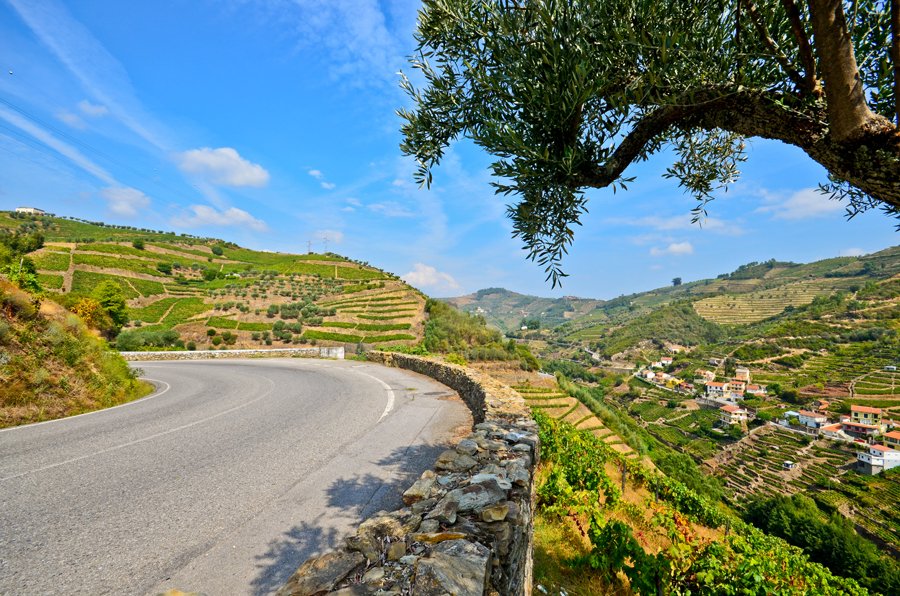
Photo Shutterstock
What do a Formula 1 circuit designer, a quantum physicist and a roller coaster designer all have in common?
No, this isn’t the start of a bad joke. All three were brought together by car rental company Avis to determine what the world’s best road is using a unique scientific formula.
And that road turns out to be the N222 in Portugal – a slender run of straights and winding tarmac that skirts the edge of the Rio Douro between Peso da Regua and Pinhao.
According to Avis and its crack team of experts, the N222 provides the optimum drive of bends, acceleration, cruising and braking. It hits the sweet spot on the Avis Driving Ratio (ADR) scale of 10:1 – 10 seconds on a straight compared to one second on a bend – scoring 11.3:1, the closest to match the algorithm out of all the roads it lists (and there are some truly magnificent ones).
But it’s not only science that makes a great drive. As F1 track designer Herman Tilke, one of the trio of consultants, says, “Creating emotion is what really counts the most in my opinion, and a road that creates this will be remembered by drivers long after they've reached their destination."
The N222 actually traverses almost the entire country from Vila Nova de Gaia near Porto in the east to Almendra in the west near the Spanish border. However, it’s the 27 kilometres and 93 bends that wind through the heart of Portugal’s port wine region that was bestowed the honour of World’s Best Driving Road.
The start of the route is just the other side of the river of the busy, industrial town of Peso da Regua. It’s a two-lane road that starts with a short descent under an old bridge followed quickly by a pass under a monumentally high skyscraper of a bridge and a smattering of buildings either side. Once you’ve passed by these, there’s just a knee-high stone wall on the left keeping you from falling into the river while on your right are majestic, steep terraced vineyards with threats of rock falls.
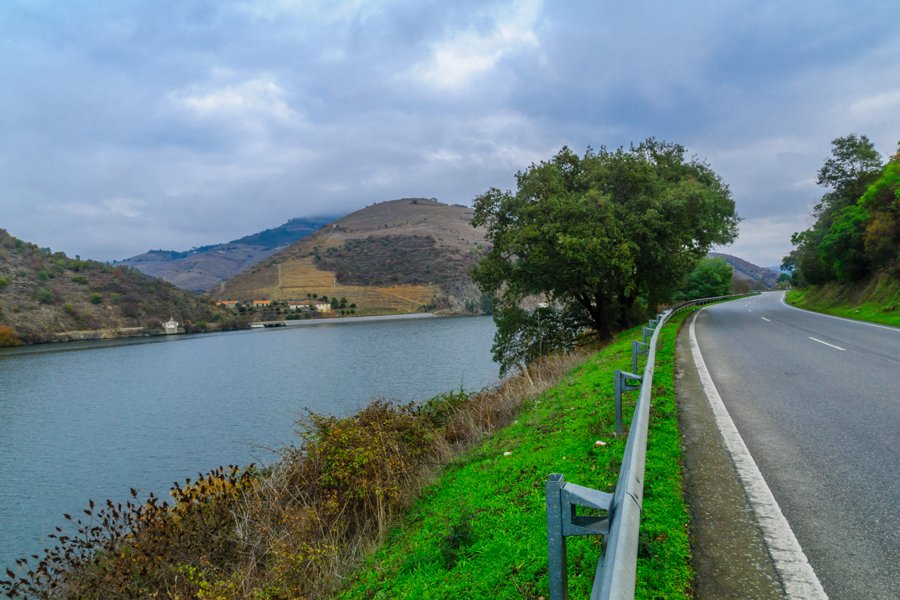
Photo Shutterstock
On a map the road looks rather sedate and not full of mountain-like switchbacks you may expect from the world’s best, but drivers be warned, you ignore the 70km/h speed limit at your peril. The road rises and dips and varies in width, with its narrowest points seemingly on its blind bends, and vehicles back out of hidden driveways quite suddenly.
If anything, though, it’s the beauty of your surroundings that are the most hazardous. On a sunny day – and let’s face it, this is Portugal so there are plenty of them – the vine-covered hillsides either side of the sparkling water are a heady distraction.
In my opinion, a great drive is very personal depending on multiple factors such as mood, weather, road conditions and even the car you drive. The N222 lacks the thrills of a mountain pass such as the Stelvio or the nausea-inducing, pivoting bends of the Tail of the Dragon. But for 30 minutes it’s a gloriously fun sprint in one of the most beautiful places in the world. It’s also fantastically traffic-free for the most part, and I happily drove it up and down several times, testing my car’s and my own capabilities as a driver, while in between pottering around the towns that bookend the route.
I’m no scientist and I didn’t try and calculate the ADR myself while on the N222, but what Tilke says is true. The N222 was a wonderful experience and certainly provided a drive that stayed with me, which really is all that matters.
Words Anna Muggeridge
ROADBOOK
CLASS: Mountain pass
NAME: N222
ROUTE: Peso de Régua to Pinhão
COUNTRY: Portugal
DISTANCE: 17 miles
Deep in wildest Wales you’ll find one of the most challenging drives, that’s heart-stopping both in its beauty and its danger.
Offering a twisting alpine-like road with an awe-inspiring waterfall at journey’s end, Lesotho’s A5 is one of Africa’s most exciting – if unsung – drives.
It’s the end of the road for 2025 and a chance to reflect on the best road trips of the year.
You’ll find a different kind of white Christmas on a drive around this namesake outpost where sandy beaches replace snow.
One of the highest navigable routes in the world, the Ruta de Las Lagunas is an off-road adventure with many risks, but just as many rewards.
South Africa’s Karoo offers open roads, big skies and plenty of 19th Century charm – but where exactly does it start and finish?
With a Bentley Continental GTC at Detour’s disposal we explore the works of Brunel and Banksy, taking the longer way between London and Bristol.
It’s hard to believe that the Tara Canyon’s wild landscape of deep gorges, glacial lakes and a Mordor-like moorland is even in europe.
The Atacama desert is where Detourism meets astrotourism on a drive around the astronomical triangle.
Go to Granada for the city’s historic streets, stay for the fabulous food, and leave to explore the amazing roads of the Sierra Nevada region and Gorafe desert beyond.
If you’re brave enough to undertake some car-based ghost hunting this All Hallows Eve then there’s no shortage of haunted roads to discover across England.
Ross Robbins took his tiny Elan on a massive journey of discovery, to reach the furthest points in the contiguous Continental United States.
The Pan-American highway is much more than just a bridge between continents, it’s one of the last great driving adventures.
Take a drive around Monterey and Salinas to discover stories of Steinbeck and contemporary car culture.
A drive right through the heart of Australia should be on every Detourist’s bucket list.
From the green green grass of the valleys to the highest peaks this tour of the Llŷn Peninsula is a day detour to savour.
Follow the greatest car chase ever captured on camera on the Bullitt route through San Francisco.
The cars in the Porsche Museum are not just for show. They’re very much for go as well, as Nik Berg discovers on a dream drive through the German countryside.
Head out of Barcelona and away from the beach to explore one of Europe’s most dramatic mountains – and the fab roads around it.
Ben Barry drives 500 miles to one of France’s most scenic cities – in one of Britain’s craziest cars.
This Highland fling takes in the majesty of the Cairngorms, traces the Old Military Road and ends with a dram or two.
Salvadori and Shelby set course for Le Mans in 1959, Rory FH Smith follows their road to victory.
It’s but four miles between two of Sydney’s legendary landmarks but you can make it a full day’s drive with the right Detours.
A Mazda MX-5 may be an unlikely desert explorer, but Nik Berg proves that you don’t need all-wheel-drive for a Moroccan adventure.
Jamie Hearne travels America’s most famous coast road with a little musical inspiration.
The run to the ski resort at Val d’Isere takes you over the Alps’ Highest Pass. Driving up might just be more fun than skiing down.
Kerala's famous Gap Road has recently had a makeover, so naturally Detour decided to head out to see what the fuss was about.
Taking on the three highest mountains on the UK mainland is almost as challenging a drive as it is a hike.

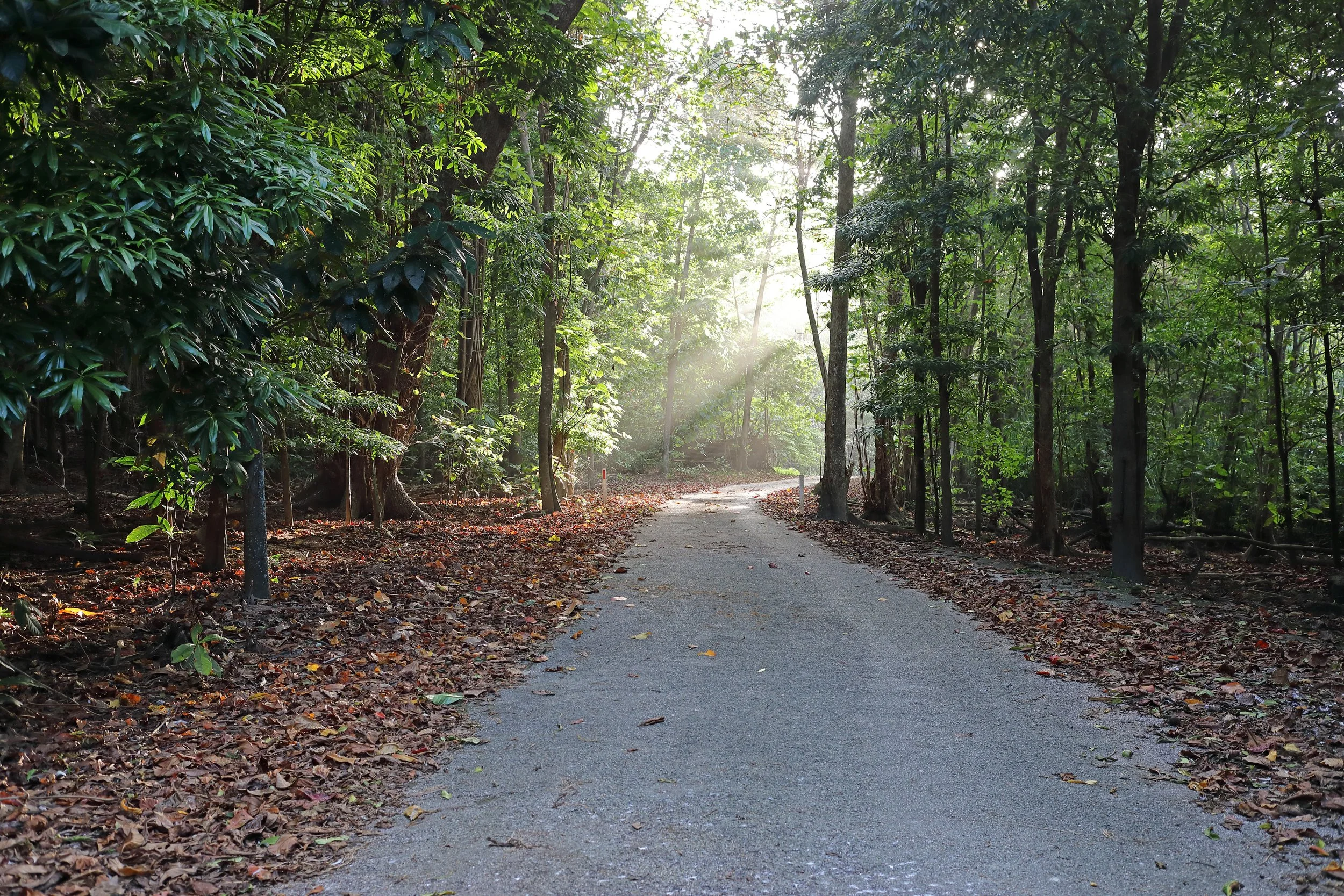
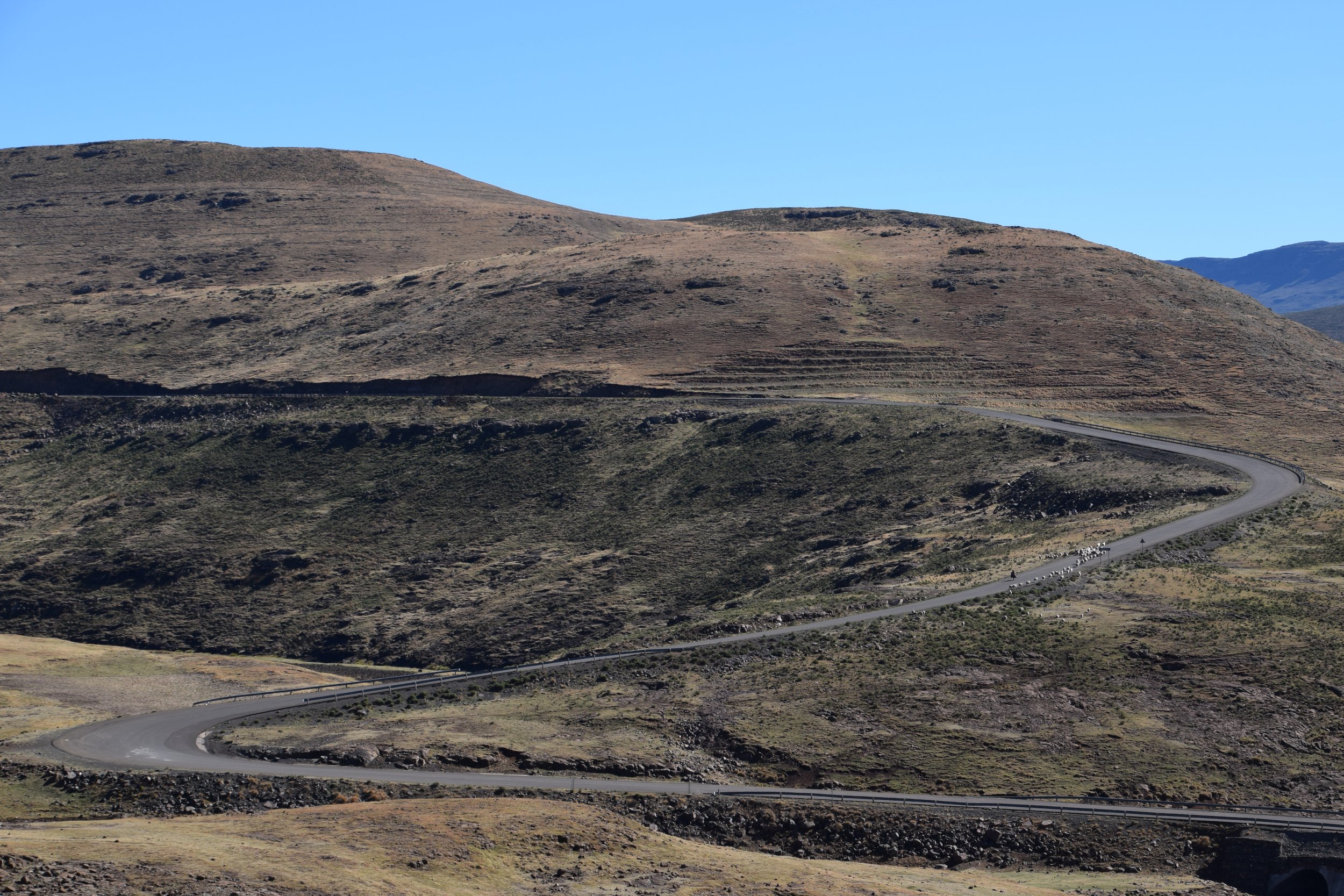




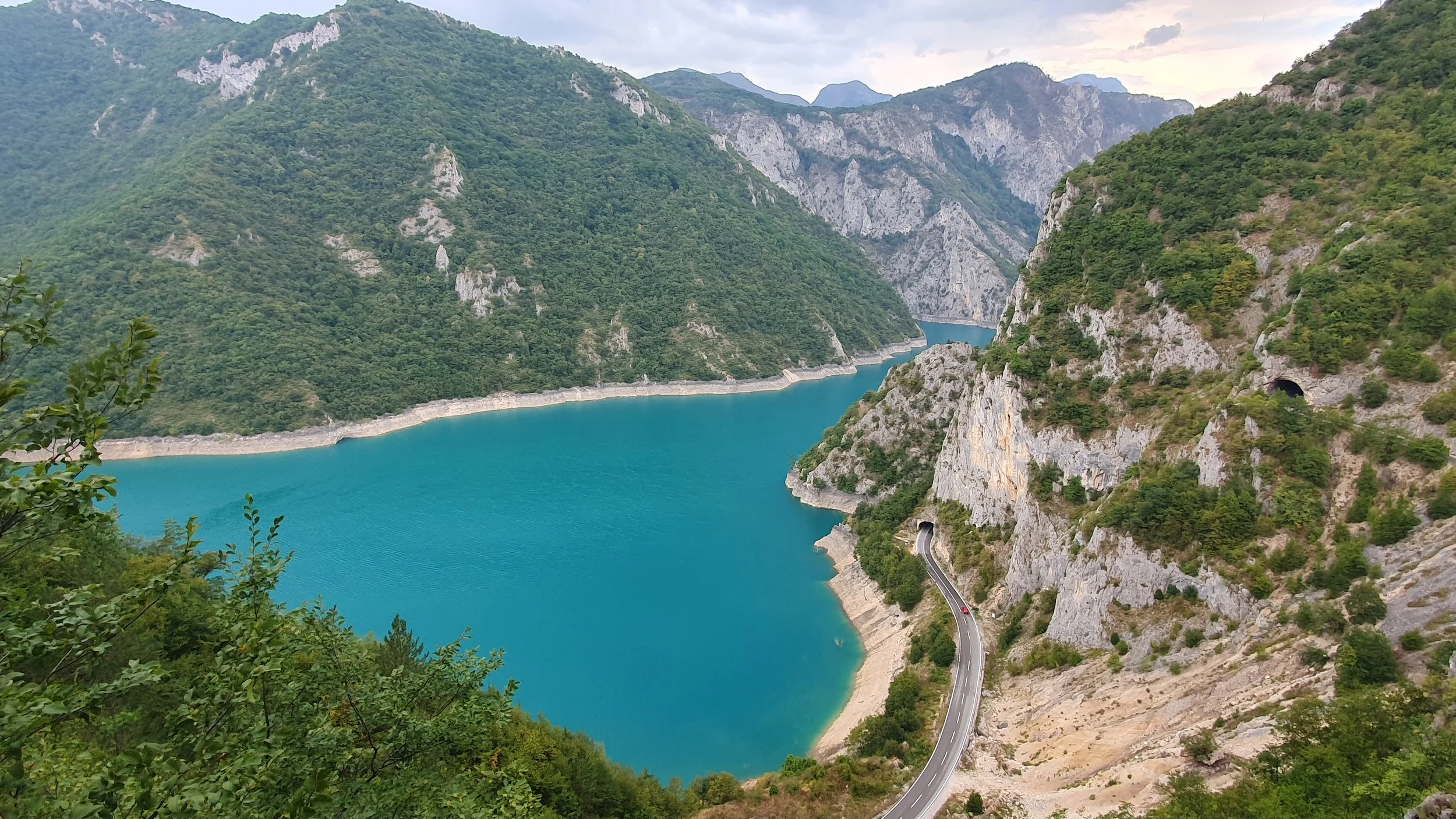


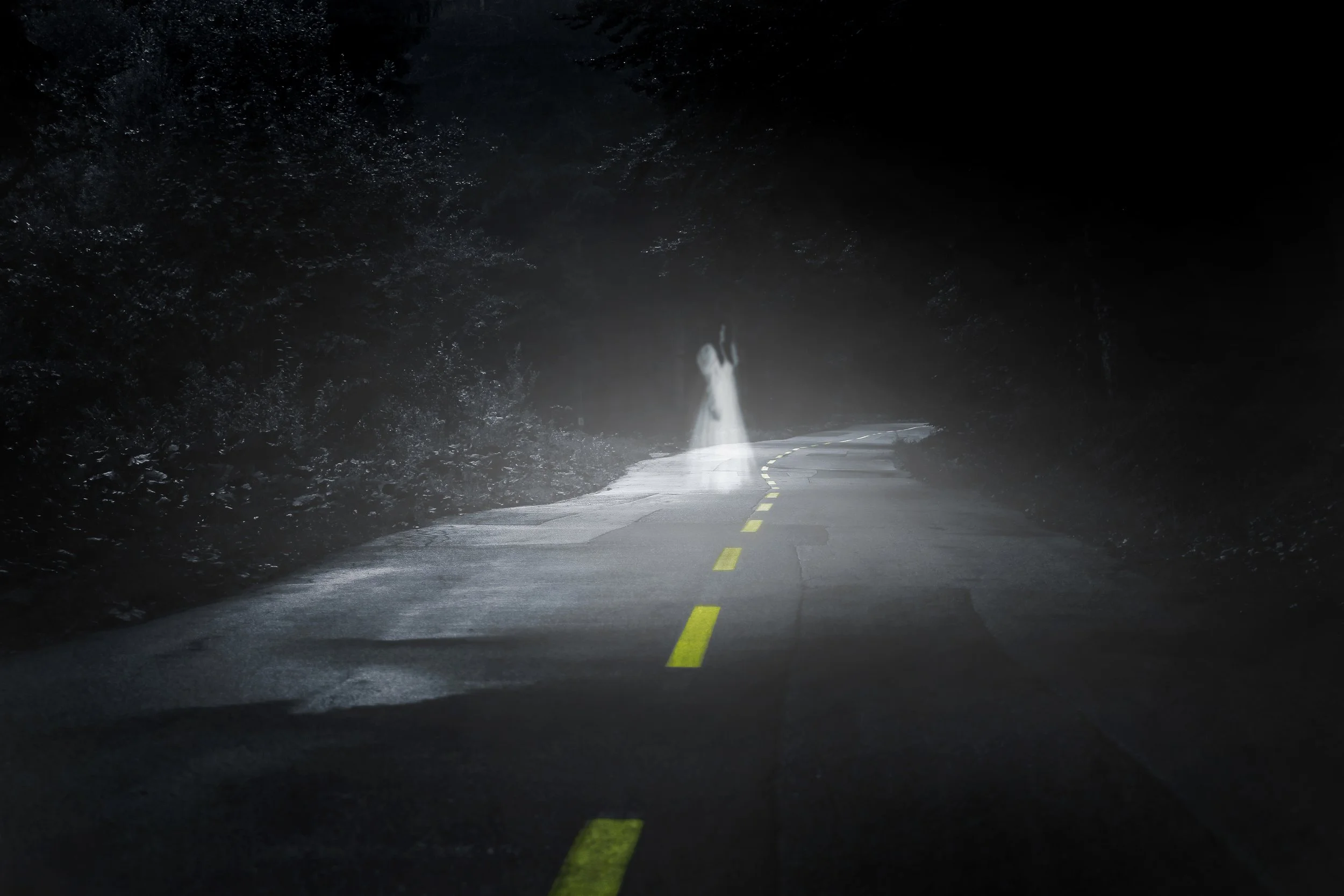



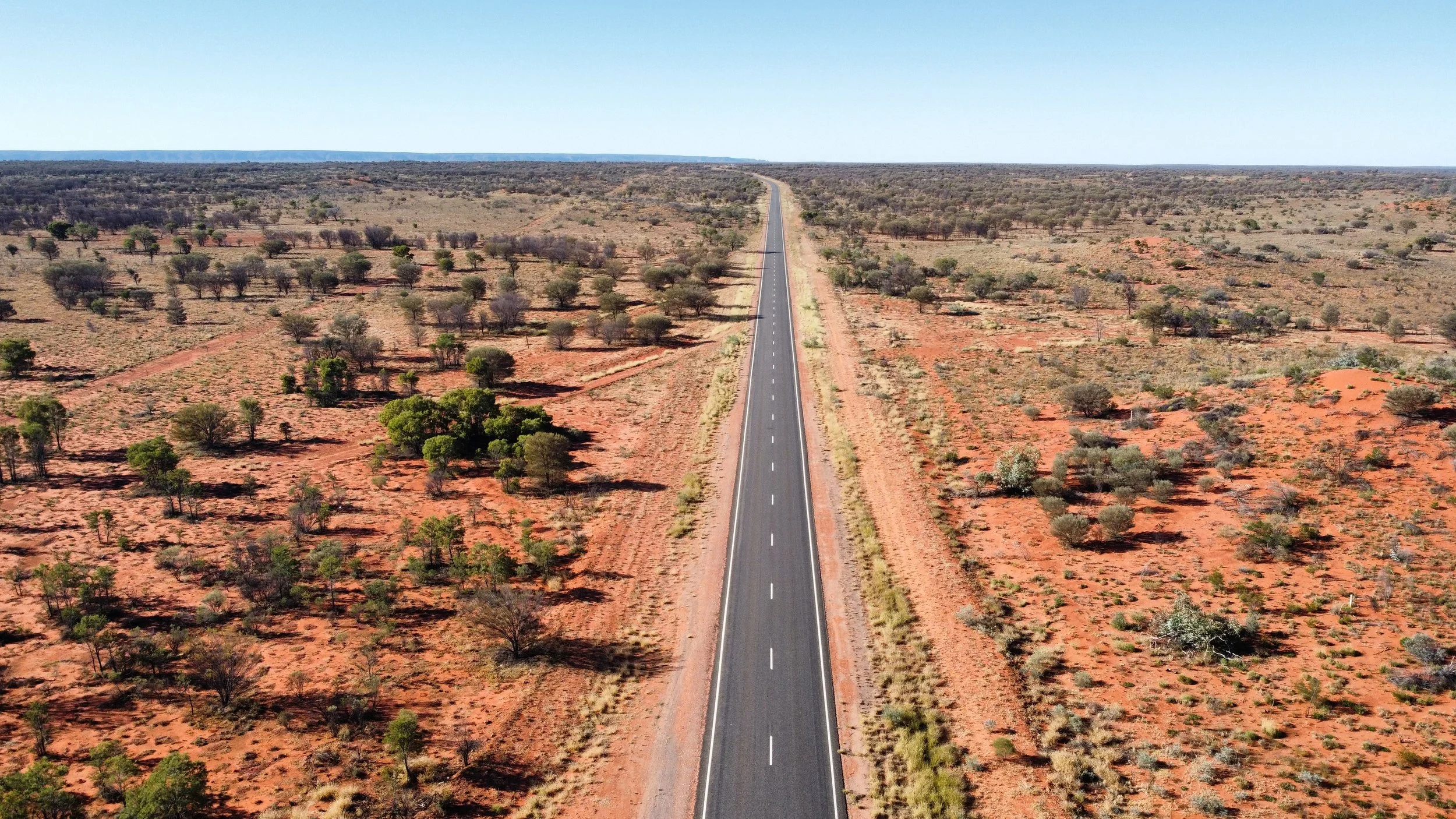



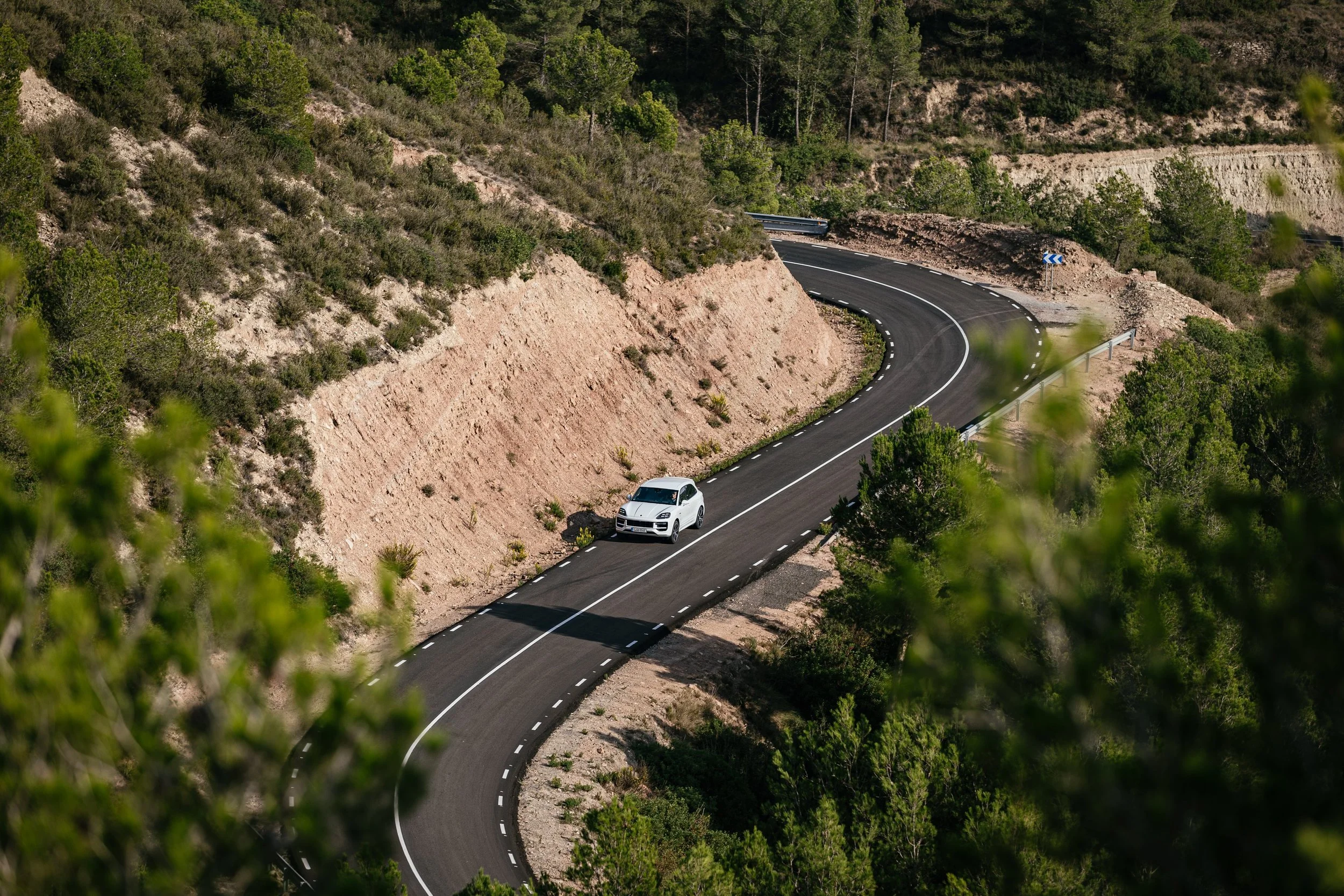




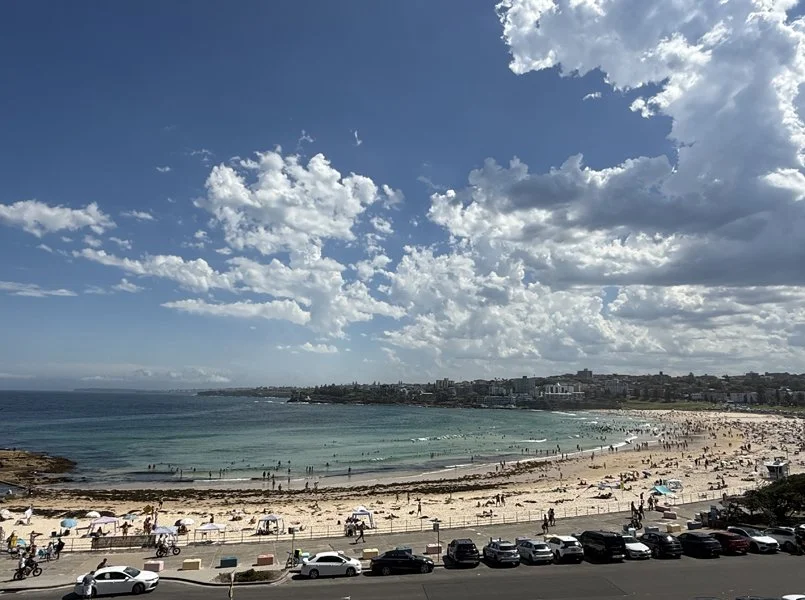


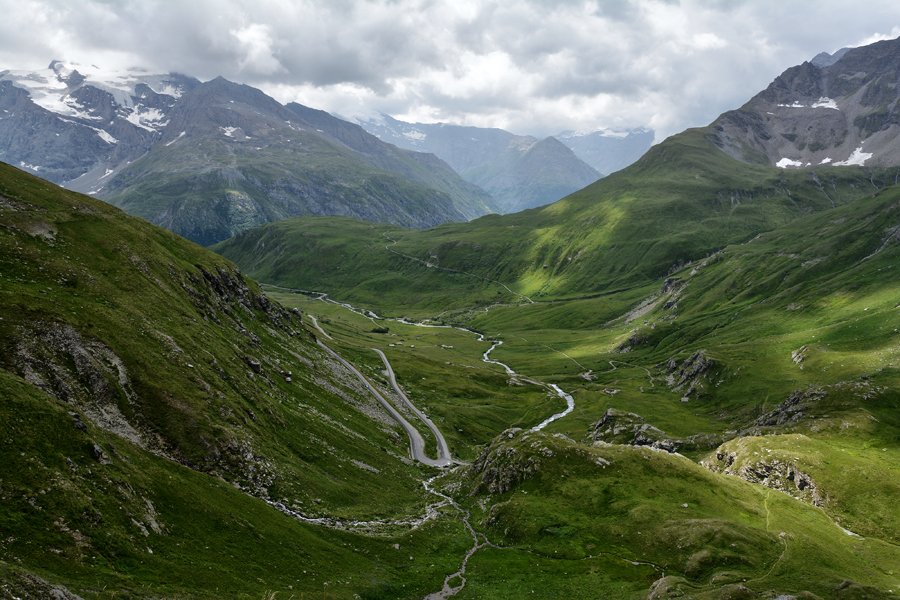


The East Coast Road, or ECR to its fans, is a popular route among Chennai’s classic car enthusiasts. Paranjay Dutt hitches a ride to find out why.